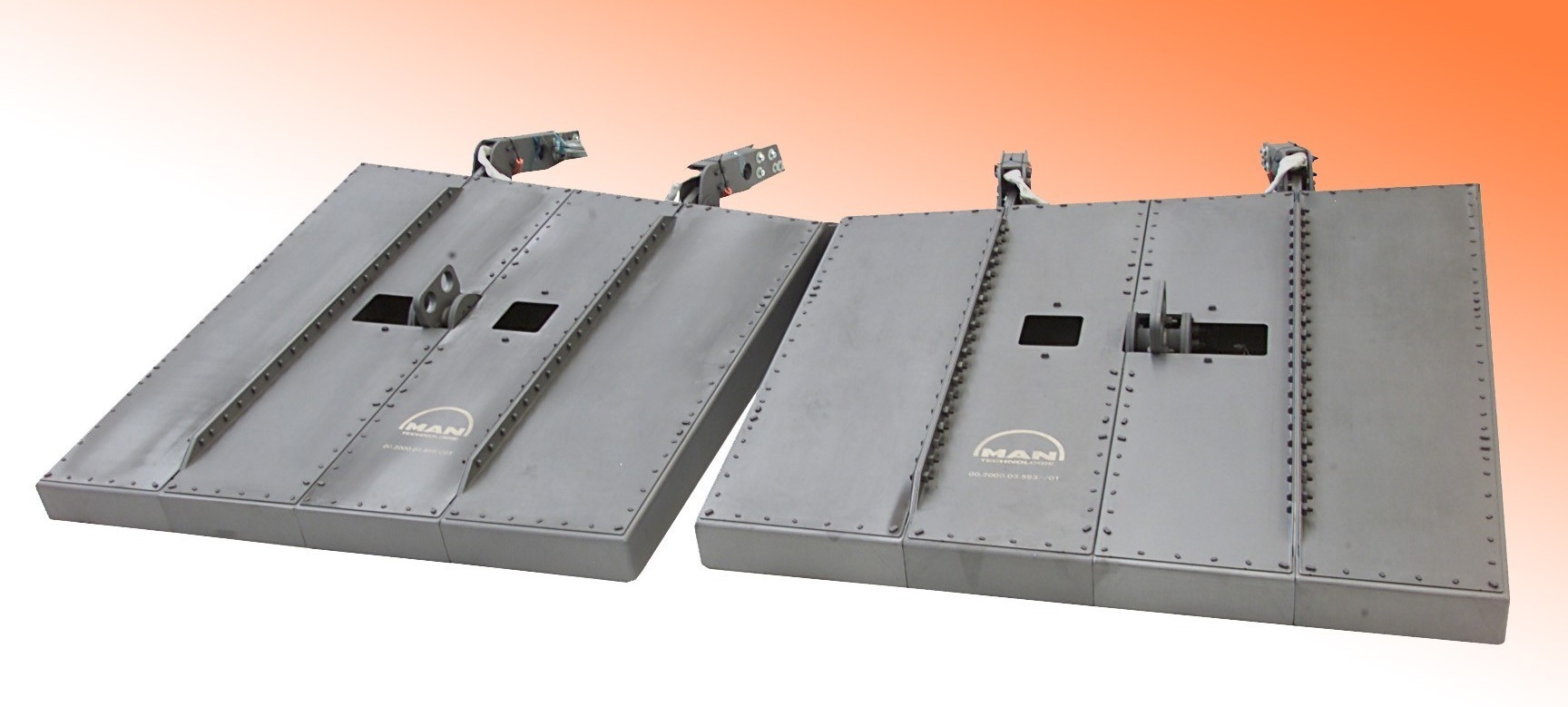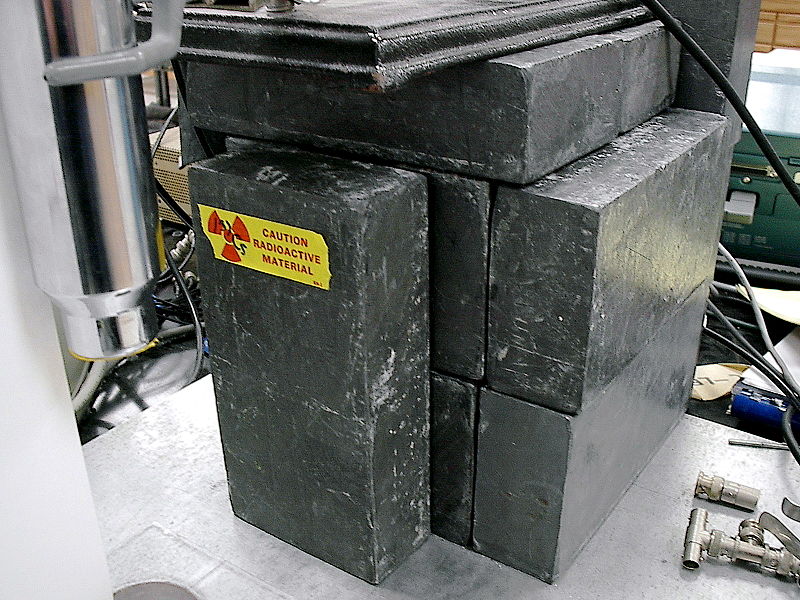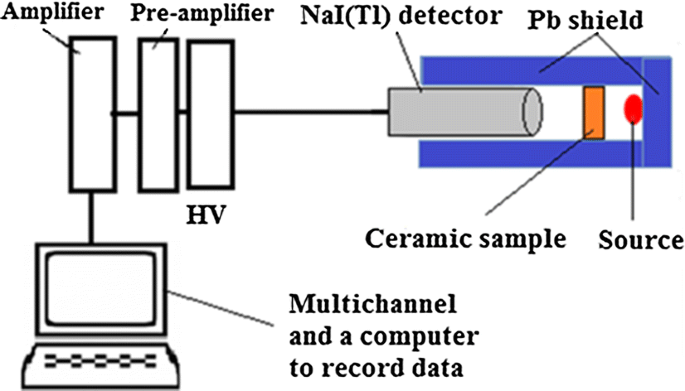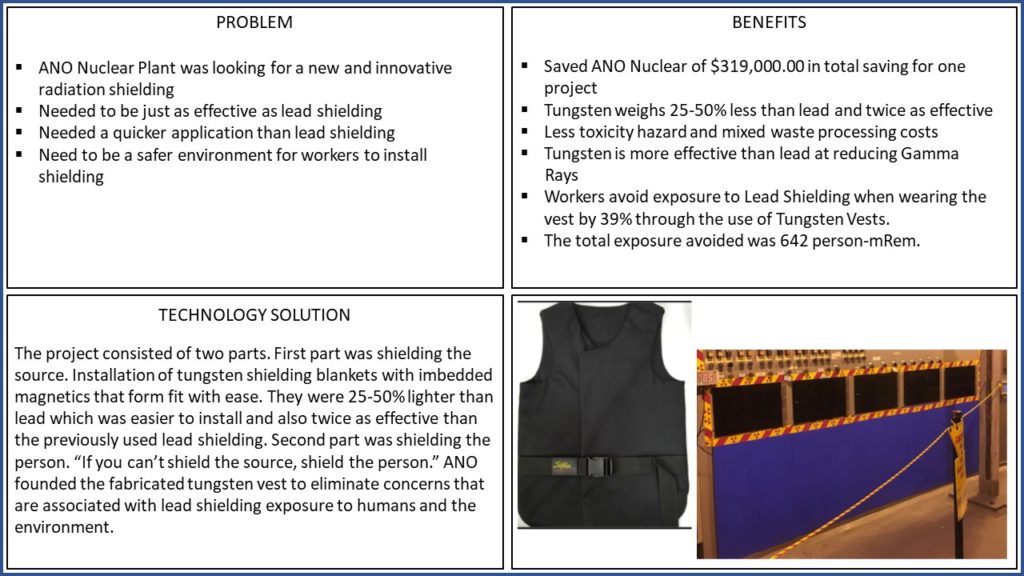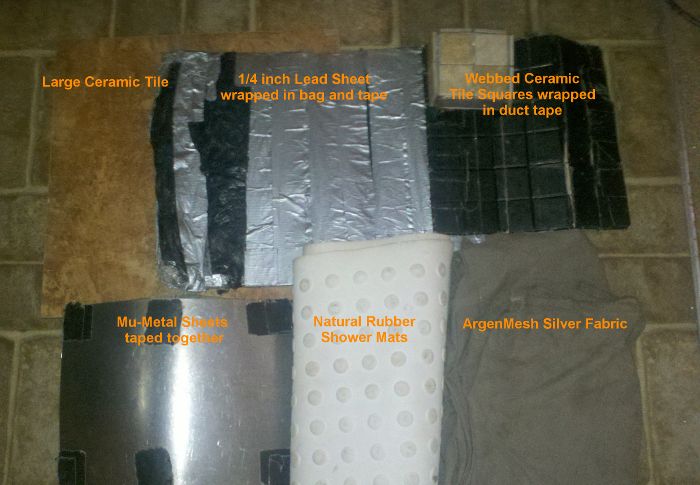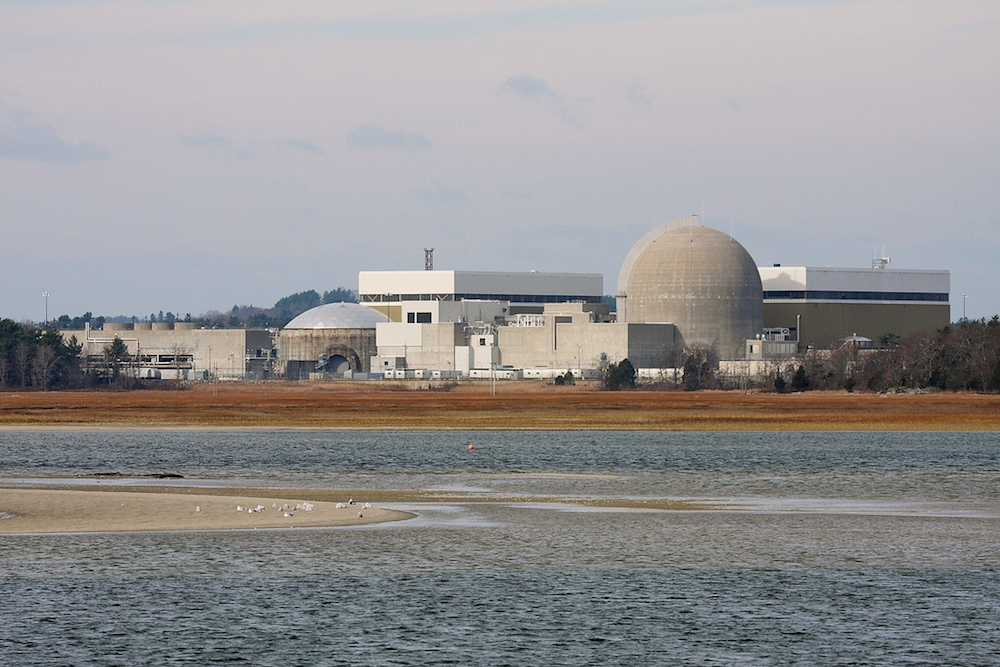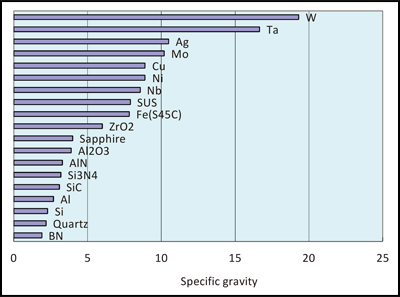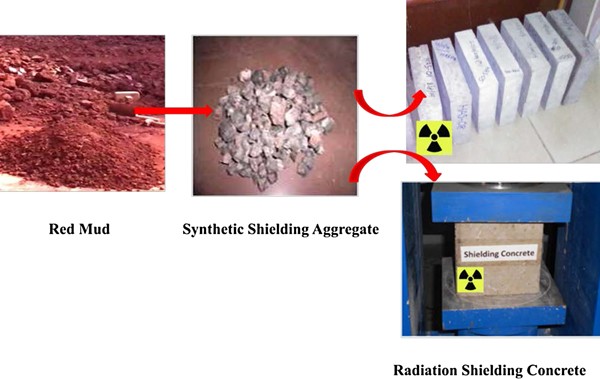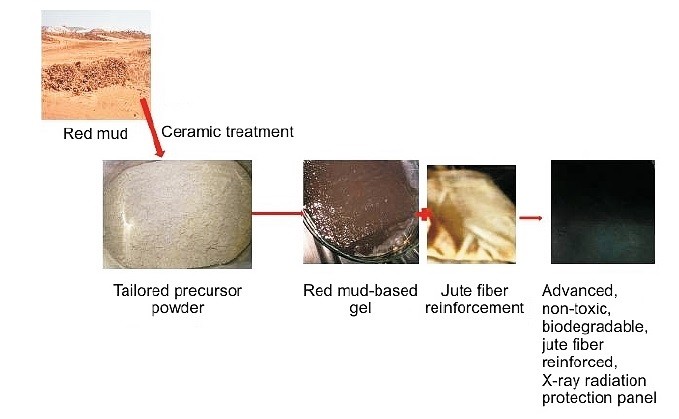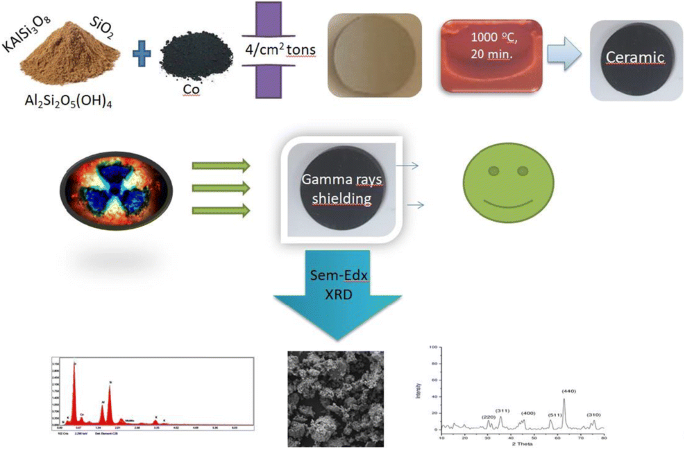Ceramic Radiation Shielding Material

In the present work eight types of ceramic materials have been used as a shielding material and tested against gamma ray each type of ceramic modified as glazed and unglazed.
Ceramic radiation shielding material. In this study we developed a new ceramic material with a high shielding capacity against the high energy gamma radiation from 137 cs and 60 co sources. Glasses have many advantages such as high optical transparency ease of preparation in different ways ease in formatting and low cost 6 7 8. Radiation shielding is imperative as radiation can be a serious concern in nuclear power facilities industrial or medical x ray systems radioisotope projects particle accelerator work and a number of other circumstances. Is the iso 9001 2015 manufacturer of silflex shielding the award winning nonhazardous non lead radiation shielding.
American ceramic technology inc. A composition of matter and method of forming a radiation shielding member at ambient temperatures in which the composition of matter includes a cold fired chemically bonded oxide phosphate ceramic cement matrix. Ceramics article iron iii oxide based ceramic material for radiation shielding hiroyuki mori 1 yohei oku 2 yudo mannami 1 and takahiro kunisada 3 1 mitsuishi refractory brick co ltd 868 mitsuishi bizen shi okayama 705 0132 japan. Therefore it is common to design multiple layers of shielding structures.
With one or more suitably prepared and distributed radiation shielding materials dispersed in the cold fired chemically bonded oxide phosphate ceramic cement matrix. In 2005 silflex tungsten shielding was developed and certified by entergy and ano in 2007 for use in the nuclear industry. As we experienced difficulties during the reconstruction of the concrete shielding wall of the linac room brick type of shielding material which can be fast assembled in situ with a flexibility to be shaped any form was expected to replace. Mtaika mori abelia ocn ne jp 2 ofuna chuo hospital kamakura 247 0056 japan.
The use of radiation in diagnosing and treating patients has significantly advanced the field of medicine and saved or extended countless lives advances in technology and more sophisticated applications have improved standard treatments for the benefit of the patient. This is a long list of properties for one material. In the last decade or so ceramic composite materials have increasingly been proposed as a desirable reactor material both inside and outside the core. Radiation shielding materials are used for a variety of radiologic applications.
These materials have good radiation shielding factors but have many problems such as being opaque to visible light and only be suited to limited numbers of applications.
